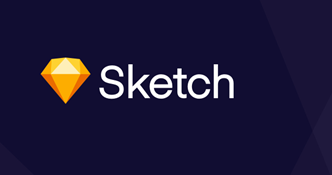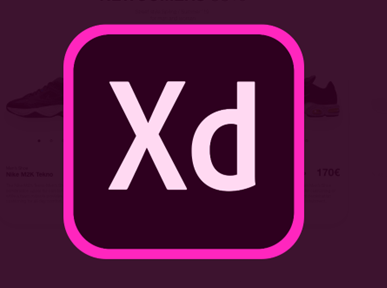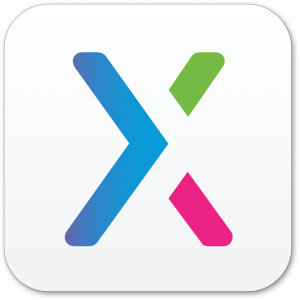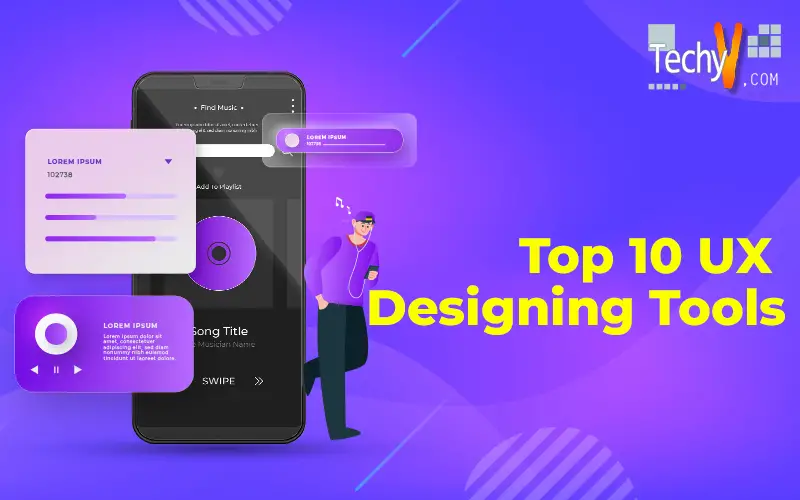To complete your job, you will require high-quality tools, regardless of whether your concentration is on UI or UX or whether you’re attempting to combine the two. This article focuses on numerous software UX/UI design tools to assist you in producing better goods, from developing a new website that is simple to use to ensuring a product that is about to be released to the market is user-friendly. Here, UX-UI tools for digital products are our main area of attention. Many will also be helpful for elements of physical items, such as designing product packaging that complies with all market regulations.
1. Sketch
The whole designer’s arsenal, according to Sketch. The entire design process has been attempted to be covered. Additionally, it has made a point of integrating with other programs you may be using and has over 700 helpers, plugins, and integrations. A sketch was initially a Mac-only application, but it has since developed into an online application with tools that function in any web browser. But there is still no official Windows app for it. It comes with a selection of simple vector editing tools. You can change your work at any point during the design process. With endless Canvas, adaptable Artboards, and presets, you can design any way you like. For example, you may resize your work to any screen size using simple resizing tools and customizable grids. To provide you complete control over the typography in your designs, Sketch supports changeable font support. Alternate characters, ligatures, and other features are available, and Sketch fully supports OpenType capabilities.

2. Adobe XD
All graphic designers are familiar with Adobe’s industry-leading software, including Illustrator and Photoshop. These Adobe Creative Cloud flagship programs are beneficial to UX/UI designers. Photoshop, for instance, can be used to edit, composite, and produce visual content such as art and graphics. Vector art and images can be quickly created using Adobe Illustrator. However, UX/UI designers are the intended audience for one section of the Creative Cloud. Realistic web design, app design, brand design, and game design prototypes may be made using Adobe XD. You can get an Adobe XD subscription separately if you don’t want to pay for the complete Adobe Creative Cloud. Many functional capabilities are available in Adobe XD to support your prototyping. These consist of content-aware layouts, repetition grids, auto-animation, reusable components, 3D transforms, and vector drawing tools. Render animations include interactive movies and use motion to build realistic and colorful prototypes.

3. Balsamiq
Balsamiq is a computerized version of sketching on a whiteboard or notepad, a UI wireframing tool. You can use it to plan and discuss the organization of the program or website you’re creating. Naturally, you’ll want to identify a solid interface structure before you complete your visual design or write a single line of code. Balsamiq prevents you from being overly preoccupied with colors and other details and urges you to pay attention to structure and substance instead. Numerous built-in and user-generated UI controls and icons are available. In addition, you may quickly develop templates, masters, and libraries of reusable components that you can use as the basis for new projects. Using Balsamiq’s connecting features, you can create easy prototypes for demos or usability testing.

4. InVision Freehand
A centralized online whiteboard is InVision Freehand. While it may be used in many ways inside an organization, your design teams will benefit the most. An open, cooperative hub can link every stage of the design process. You can involve consumers and stakeholders right from the start of the design process. Freehand enhances creativity, teamwork, and inclusivity at every project level. You can find templates for brainstorming, strategy and planning, wireframes and flowcharts, productive meetings, and research and design. Utilizing these programs may centralize your design work by bringing the artboards from Figma, Adobe XD, and Sketch into Freehand.

5. Axure RP
UX experts can create realistic, workable prototypes with Axure RP, which offers an infinite number of event triggers, conditions, and action combinations for exploring digital experiences. In addition, you can produce wireframes, diagrams, customer journeys, and other UX documentation alongside your detailed, practical UX prototypes. Interactions can be triggered by mouse, touch, and keyboard events. Then, to advance your prototypes, you can include constraints and variables. Working forms, sortable grids, and dynamic interfaces may all be made with Axure RP widgets. Drag and drop is one technique to quickly add functional text fields, droplists, and radio buttons. Multi-state dynamic panels can also create pop-up windows and scrollable, swipe-able mobile screens.

6. Framer
With the help of the robust design tool Framer, you can use the canvas to create breathtaking, interactive creations from beginning to end. Create realistic websites and apps quickly with pre-made interactive elements, well-polished materials, layout tools, etc. In addition, you can create user interfaces for various platforms, including macOS, Android, and iPhone. You may pick from various ready-to-use templates to save time and kickstart any project, design, or wireframe. These consist of UI kits, such as an iOS Kit, a Material Design Kit, and a Landing Page Kit. Framer also comes with project management design templates, website design templates, interactive design templates, and app design templates. For any interactive website or app built from the ground up, you may utilize Framer to produce realistic UI and UX designs. For example, you may work in real-time collaboration with other designers, copywriters, and developers on all of your UI and UX designs to complete the entire process. You can easily invite anyone to your Framer project and work together on everything from wireframing the UI through handoff. On the canvas, your group can post comments and answer criticism.

7. Figma
Figma integrates everyone involved in the design process, enabling teams to produce better things more quickly. A complete design platform is Figma. The business also offers a complementary application called FIGJAM, which serves as an online whiteboard for teams. Design systems, prototyping, and design are all ideal uses for Figma. UX/UI designers can then use FIGJAM to coordinate and visualize the design processes. Likewise, with its Arc tool, you can create clocks, watch displays, or pie charts in a flash. The web was kept in mind when creating Figma’s design tools. With the help of Vector Networks, the tool’s stylish pen allows for unlimited drawing directions.

8. Origami Studio
You can create, animate, and prototype with just one app if you use Origami Studio. Nevertheless, it functions nicely with other design software; importing from Sketch or Figma is as easy as copying and pasting. With the help of the free design tool Origami Studio, designers can quickly create and share interactive interfaces. It has a canvas that you may manipulate visually by dragging, dropping, and resizing to arrange your prototype. Create and modify layers of shapes, text, pictures, videos, and layers imported from Figma or Sketch. Layers can be changed, animated, and grouped. To streamline your workflow, use pre-made components, and build a library that you can share. Create a visual arrangement for your details in the Canvas, then combine them with effective interactions in the Patch Editor.

9. Marvel
Marvel, a design tool, must find marketing difficult because it shares a name with a well-known comic book publisher and movie studio. It provides design teams with quick prototyping, testing, and handoff. Simple wireframing, design, and prototype tools make these processes quick. Create design requirements in a flash and link integrations to amplify your productivity. Marvel Enterprise 3 also supports large teams in producing exceptional items at scale if you’re big. Marvel is a free internet design tool that doesn’t require any special software. Instead, it has a readily available library of components and templates to simplify the design. The platform comes with a vast library of pre-made elements, pictures, and symbols to assist you in visualizing your concepts and hasten the creation of your initial design.

10. FlowMapp
Web design UX tools are available from FlowMapp. Using the online collaboration tools provided by FlowMapp, you can create outstanding UX for appealing goods, websites, and apps.



















